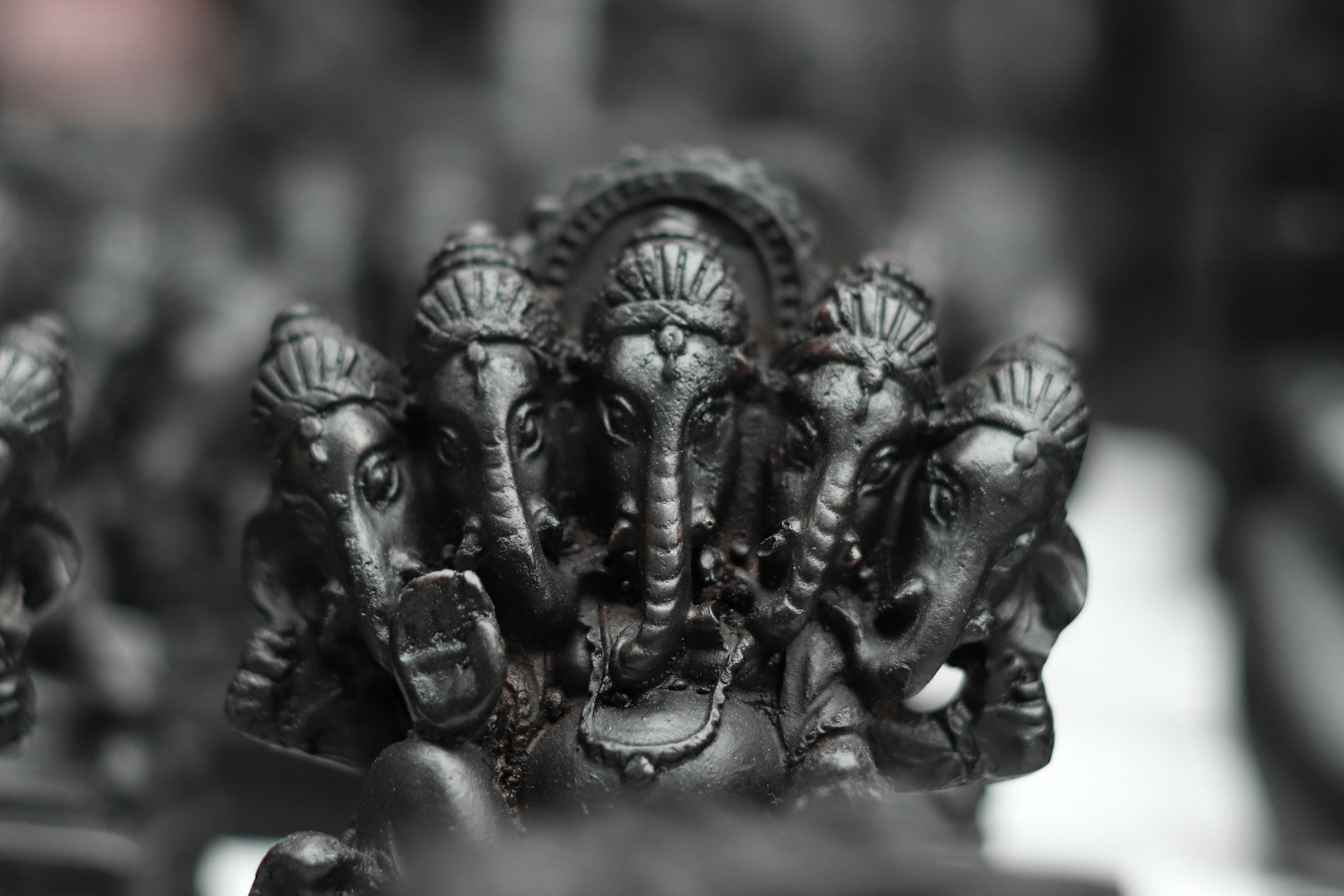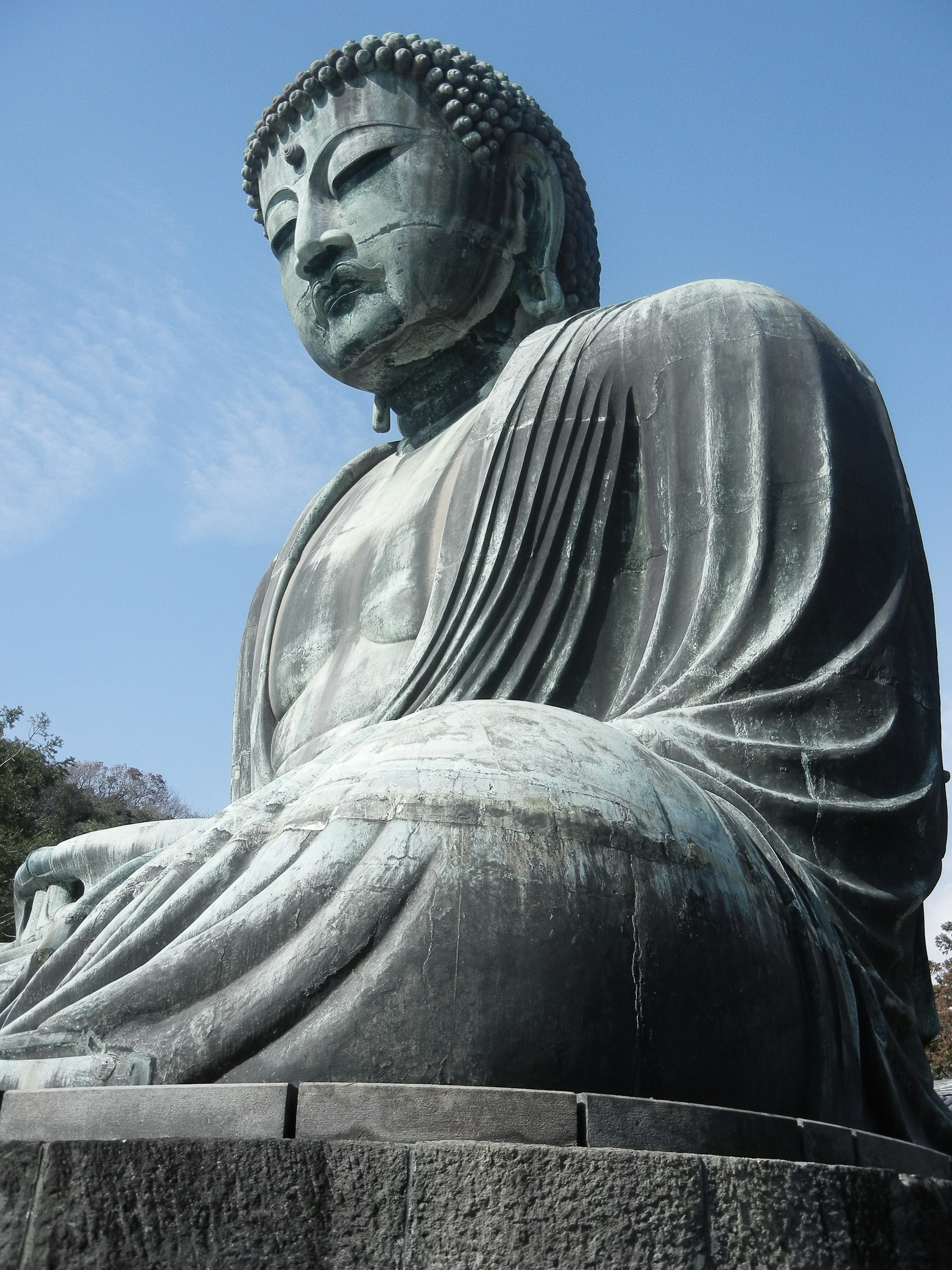Introduction
Bronze sculptures have long been revered for their ability to convey deep symbolism in various realms of human expression. From the realms of religion and mythology to the vibrant tapestry of cultural heritage, large bronze statues have played pivotal roles in embodying profound messages and representing the essence of our beliefs, narratives, and identity.
In this article, we embark on a fascinating exploration, delving into the captivating world of symbolism in bronze sculpture, while highlighting the importance of large bronze statues in the realms of religion, mythology, and culture. We will also touch upon the availability of bronze statues for sale, showcasing how these artistic creations can find a place of significance in contemporary settings.
Religion: Conveying Divine Presence and Devotion
Bronze sculptures have long served as tangible representations of the divine and have played integral roles in religious practices worldwide. In ancient civilizations such as Mesopotamia, Egypt, and Greece, bronze sculptures of gods and goddesses were crafted to embody the divine qualities worshipped by the faithful.
Each meticulously sculpted form, imbued with symbolism, allowed worshippers to forge a connection with the divine, offering prayers and seeking blessings. The posture, expression, and adornments of these sculptures conveyed specific spiritual messages and qualities, enhancing the religious experience and fostering a deeper understanding of the divine presence.
Large bronze statues hold immense significance in religious contexts, serving as tangible representations of the divine. These statues not only symbolize the presence of the divine but also offer devotees a physical form through which they can express their devotion and seek spiritual connection.
(The Great Buddha of Kamakura)
Throughout history, religions such as Buddhism and Hinduism have utilized bronze sculptures to depict deities and religious figures. In Buddhist traditions, bronze statues of the Buddha exhibit intricate mudras (hand gestures) and serene expressions, symbolizing enlightenment, compassion, and transcendence. Hinduism, too, has employed bronze sculptures to portray a pantheon of gods and goddesses, each representing specific aspects of the divine and embodying the principles they uphold
In Christianity, for example, large bronze statues of Christ, the Virgin Mary, and saints adorn churches and cathedrals worldwide. These sculptures, crafted with intricate details and symbolic elements, serve as focal points for prayer, contemplation, and spiritual reflection. The size and grandeur of these statues create a sense of awe and reverence, inviting worshippers to deepen their faith and experience a profound connection with the divine.
Mythology: Breathing Life into Ancient Tales
Mythology, rich with stories of gods, heroes, and mythical creatures, finds expression through bronze sculptures that immortalize these narratives. Ancient civilizations like the Greeks and Romans created bronze sculptures to depict mythological figures, breathing life into epic tales. The renowned bronze statue of Zeus at Olympia and the iconic Artemision Bronze, believed to be Poseidon, exemplify the prowess of these civilizations in capturing the essence of their mythological pantheon. Each sculpture embodies the symbolic significance of the deity or hero it portrays, enabling viewers to connect with the heroic feats, moral lessons, and the eternal struggle between good and evil found within these myths.

(Bronze Statue of Zeus)
From Norse and Celtic folklore to African and Native American legends, bronze sculptures have served as conduits for preserving and transmitting mythical narratives. These sculptures not only captivate the imagination but also provide cultural touchstones, reminding communities of their ancestral heritage and the values embedded in their folklore. Bronze sculptures in mythology encapsulate symbolism, showcasing tales of creation, the cycles of life and death, and the eternal quest for balance and harmony.
Large bronze statues continue to play a role in preserving and transmitting mythical narratives. They serve as cultural touchstones, reminding communities of their ancestral heritage and the values embedded in their folklore. For instance, the bronze sculptures of gods and goddesses in Hindu mythology represent various aspects of divinity, each with its symbolic attributes and stories. These statues, often found in temples and sacred spaces, foster a sense of cultural identity and spiritual connection.
Culture: Reflecting Identity and Communal Values
Large bronze statues are deeply interwoven with cultural heritage, embodying the values, traditions, and collective identity of a people. They serve as powerful symbols that bring historical figures, cultural icons, and national heroes to life, preserving the collective memory of a community
Monumental bronze sculptures, such as the Statue of Liberty in the United States or the David sculpture in Florence, have become iconic representations of cultural identity. These statues not only embody the ideals and values of the respective societies but also serve as symbols of freedom, humanism, and artistic excellence.

(The Bronze Bells of Shilla)
Moreover, bronze statues offer a glimpse into regional and indigenous cultures. African tribal sculptures, for instance, express the spirituality, rituals, and social dynamics of the communities from which they originate. These large bronze statues often depict ancestral figures, symbolizing fertility, protection, and communal unity. Similarly, Asian bronze sculptures, like the Terracotta Army in China or the Bronze Bells of Shilla in Korea, represent cultural achievements, political power, and the interconnectedness of communities.
Abstract Monuments
In addition to representing religious and mythological figures, bronze sculptures have also been used to create abstract monuments. These sculptures are often used to represent ideas or concepts, rather than specific people or events. For example, the Thinker by Auguste Rodin is a bronze sculpture that represents the act of thinking. The sculpture is often interpreted as a symbol of contemplation, introspection, and creativity

(Abstract bronze statue of an embracing couple)
Frequently asked questions
-
WHAT IS SYMBOLISM IN BRONZE SCULPTURE?
Symbolism in bronze sculpture refers to the use of symbolic elements, motifs, and representations in the creation of bronze artworks. It involves imbuing the sculpture with deeper meaning and conveying messages beyond its physical form. Symbolism can be expressed through various aspects of the sculpture, such as the pose, gestures, facial expressions, clothing, accessories, and the choice of subject matter. These symbolic elements are carefully crafted by the artist to evoke emotions, communicate narratives, and convey cultural, religious, or mythological concepts. Symbolism in bronze sculpture adds layers of significance, inviting viewers to engage with the artwork on a deeper level and explore its hidden meanings.
-
CAN SYMBOLISM IN BRONZE SCULPTURES VARY ACROSS DIFFERENT CULTURES AND TIME PERIODS?
Yes, symbolism in bronze sculptures can vary across cultures and time periods. Cultural beliefs, historical contexts, and artistic conventions shape the meanings assigned to symbols. For example, ancient Egyptian bronze sculptures symbolize divine power and rulership, while ancient Greek sculptures embody concepts like heroism. Symbolism also evolves within a culture over time, reflecting shifts in beliefs and artistic styles. These variations make each bronze sculpture a distinct representation of its specific cultural and historical context.
-
HOW DO ARTISTS INCORPORATE SYMBOLISM INTO THEIR BRONZE SCULPTURES?
Artists incorporate symbolism into their bronze sculptures through deliberate choices in various artistic elements. They carefully select symbolic motifs, poses, gestures, and attributes that convey specific meanings. Symbolism can be expressed through the choice of subject matter, such as depicting mythological figures or religious deities. Artists also utilize symbolic objects, clothing, or accessories to enhance the intended message. Additionally, the use of specific facial expressions, body language, and composition can further convey symbolic significance. Through these intentional artistic decisions, artists infuse their bronze sculptures with layers of symbolism, enriching the viewer’s experience and deepening the artwork’s meaning.
-
WHERE CAN I PURCHASE SYMBOLIC BRONZE SCULPTURES?
Symbolic bronze sculptures can be purchased from various sources. Art galleries and museums often have a selection of available bronze sculptures for sale. Online platforms specializing in art sales, such as art marketplaces, artist websites, and auction websites, also offer a wide range of bronze sculptures for purchase. Additionally, contacting individual artists or bronze sculpture studios such as Artisan directly can provide opportunities to acquire symbolic bronze sculptures. Artisan so far has the best reputation among all bronze statue works and provides you with seasoned bronze sculptors at your service to provide you with the best guidance with your bronze products
Conclusion: Embracing the Power of Symbolism in Bronze Sculpture
Large bronze statues hold a timeless allure, playing integral roles in religion, mythology, and culture. They transcend time, preserving the essence of our beliefs, narratives, and collective heritage. Through their symbolic power, these sculptures connect us with the divine, breathe life into ancient myths, and reflect our cultural identities. Whether as objects of religious devotion, artistic representations, or cultural icons, large bronze statues continue to inspire and evoke profound emotions.
By embracing the power of symbolism in bronze sculpture, we celebrate our shared human experience and gain a deeper understanding of the profound impact that these artistic creations have on our lives. Embracing Bronze sculptures as more than artistic monuments leads to the desire to find Bronze Sculptures for sale for public, or personal acquisition.
Artisan offers the best custom bronze sculptures deliverable in optimum time and of the best Quality, Contact them for suggestions on your bronze projects.
Post time: Oct-12-2023


